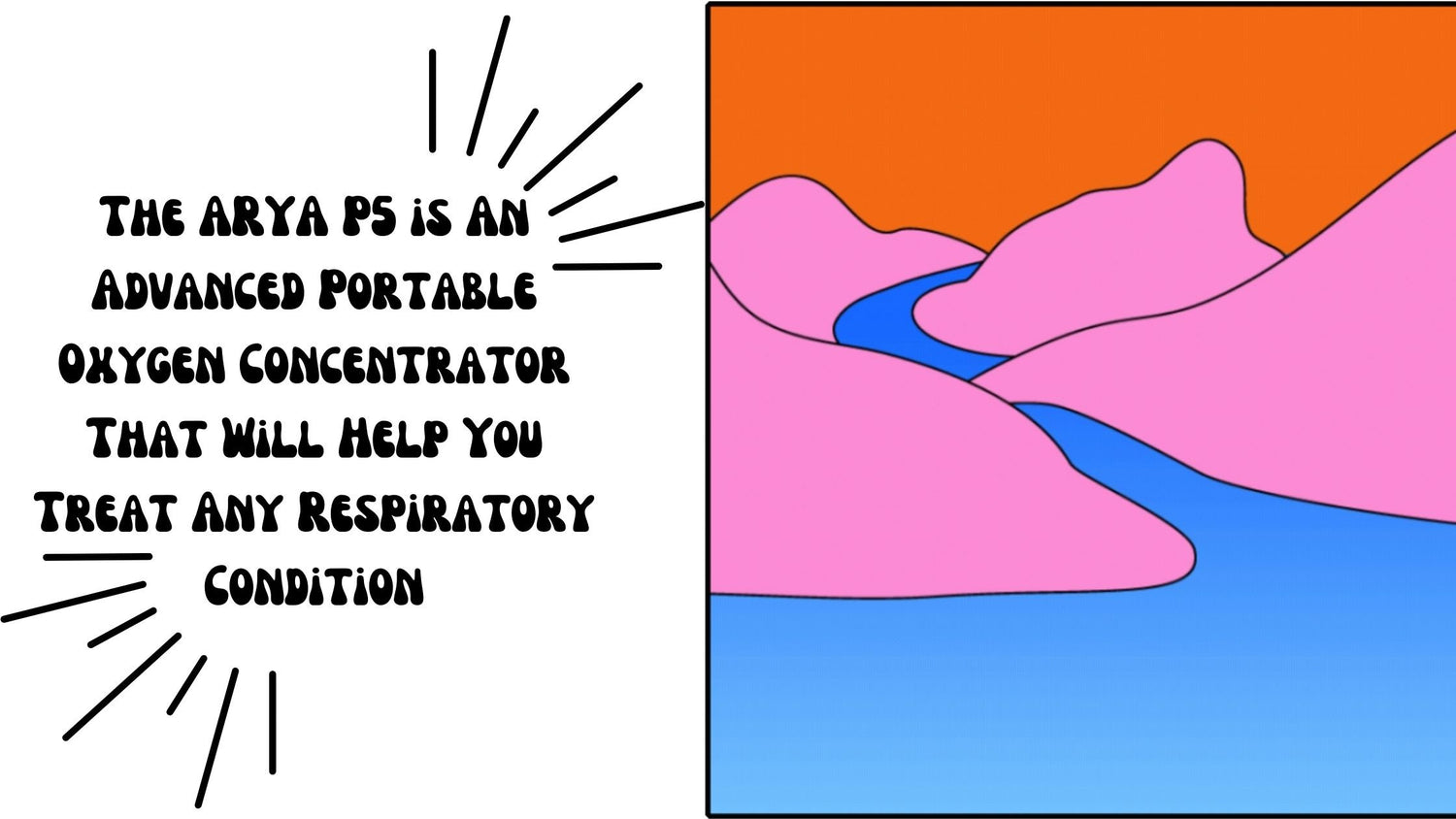Respiratory Resource Center - LPT Medical
10 of the Necessities You Need For Managing COPD in 2023
Are you or a loved one living with...
Read MoreGoal Setting Techniques for People with COPD Who Want to Lead Long Healthy Lives
Chronic obstructive pulmonary disease (COPD) is a long-term...
Read MoreThe ARYA P5 is An Advanced Portable Oxygen Concentrator That Will Help You Treat Any Respiratory ...
Oxygen therapy has come a long way over...
Read More


